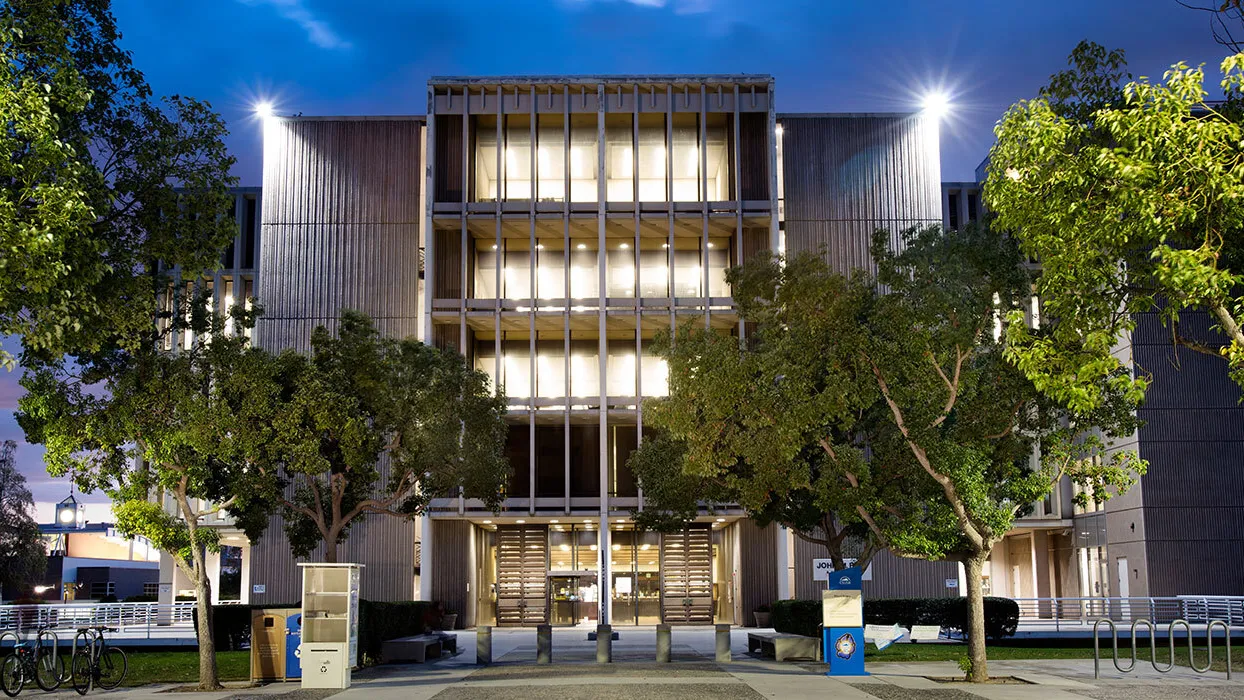
NOTE: This is an intermittent feature highlighting CSUSB faculty who are mentioned in the news. Faculty, if you are interviewed and quoted by news media, or if your work has been cited, and you have an online link to the article or video, please let us know. Contact us at news@csusb.edu.
The latest monthly report on the Inland Empire’s economy from the Institute of Applied Research at Cal State San Bernardino, directed by Barbara W. Sirotnik, CSUSB professor of statistics and supply chain management, was cited in a column by Press-Enterprise staff writer Sal Rodriguez.
The column noted the strides the region’s economy has made since the end of the Great Recession of the late 2000s, yet also noted that the region must address challenges such as the lack of an adequately educated workforce and the IE’s poverty level.
In the near-term, he wrote, “the Institute of Applied Research at Cal State San Bernardino recently reported in its monthly report on business that the region’s purchasing manager’s index, which reflects the general state of the manufacturing sector, has remained below a score of 50 for two consecutive months. If this happens an additional month, it may reflect a downturn in the regional manufacturing sector.”
That article, published Dec. 7, may be read at “Inland economic forecast positive, but dark clouds loom.”
Also, the news media’s coverage of the IAR’s Inland Empire Report on Business for December may be read at:
- The Press-Enterprise, “Inland manufacturing numbers down for second straight month,” published on Dec. 1, 2016;
- The commercial real estate website Connect, “Manufacturing index drops again,” published on Dec. 2, 2016; and
- Inland News Today, “Survey finds post-election confidence,” published on Dec. 2, 2016.
The Los Angeles Times and The New York Times contacted Brian Levin, CSUSB criminal justice professor and director of the Center for the Study of Hate and Extremism about the arrest of William Hagen (also known as William Quigg), the leader of California’s Loyal White Knights of the Ku Klux Klan. Hagen, who faces an assault charge in North Carolina, was spared serious injury when Levin intervened to keep protestors away from him at a February 2016 rally in Anaheim that turned violent.
Levin told the Los Angeles Times he did not regret helping Hagen when he was attacked in Anaheim, though he was troubled to see the Klan leader accused in a bloody assault less than a year later. “Violence is the most bankrupt response to the most bankrupt racist ethical vision. The way to highlight how horrendous he is, is to make sure that he has the free will to change. He failed,” Levin said. “But that’s his failure, not mine.”
The LA Times article, “California KKK leader arrested in North Carolina stabbing before pro-Trump Klan parade” was published Dec. 6, 2016.
The New York Times asked Levin about the influence the KKK may have. “The Klan in California is insignificant except for efforts of people like him,” Levin said of Hagen. “Their numbers are insignificant but they are very good at getting attention, getting press and inciting violence from criminal anti-fascists” like the anti-Klan activists who attacked at the February rally in Anaheim.
The New York Times article, published Dec. 7, 2016, may be read at “Two Klan leaders are charged in a North Carolina stabbing.”
And the LA Times quoted Levin in its article about about Nathan Damigo, seen as a sought-after voice for the alt-right movement and a Cal State Stanislaus student who was recently invited to speak at an ethnic studies class there.
Levin said the description of Damigo’s white nationalist group, Identity Evropa, reads like “a template that exists within the alt-right.”
“A lot of these young guys dig these Western civilization ramblings and attempt to intellectualize bigotry,” Levin said. “It tries to put a pseudo-intellectual veneer that revolves around identity and history and the notion that the accomplishments of Western civilization are under attack by our increasingly diverse and multicultural society. … These guys are like vape shops — they’re starting to spring up everywhere, and there’s nothing particularly new or creative about it.”
Damigo’s address on the Stanislaus campus came courtesy of Fela Uhuru, an ethnic studies instructor who identifies as Asian, black and Native American and has the African continent tattooed on his arm. He said he wanted his students to have a frank dialogue about race and identity with someone whose presence on campus has stirred controversy.
That article may be read at “In diverse California, a young white supremacist seeks to convert fellow college students,” published on Dec. 7, 2016.